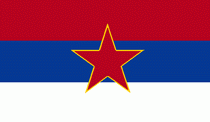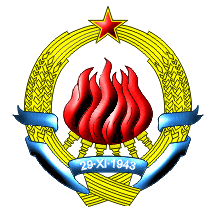
Yugoslavia. Information.


 Bosnia Bosnia
|
 Macedonia Macedonia
|
 Serbia and Montenegro Serbia and Montenegro
|
 Slovenia Slovenia
|
 Croatia Croatia
|
|

 |
Yugoslavia. Information. |
 |
|||||||
 |
|||||||||
See also:
|
|||||||||
 |
|||||||||